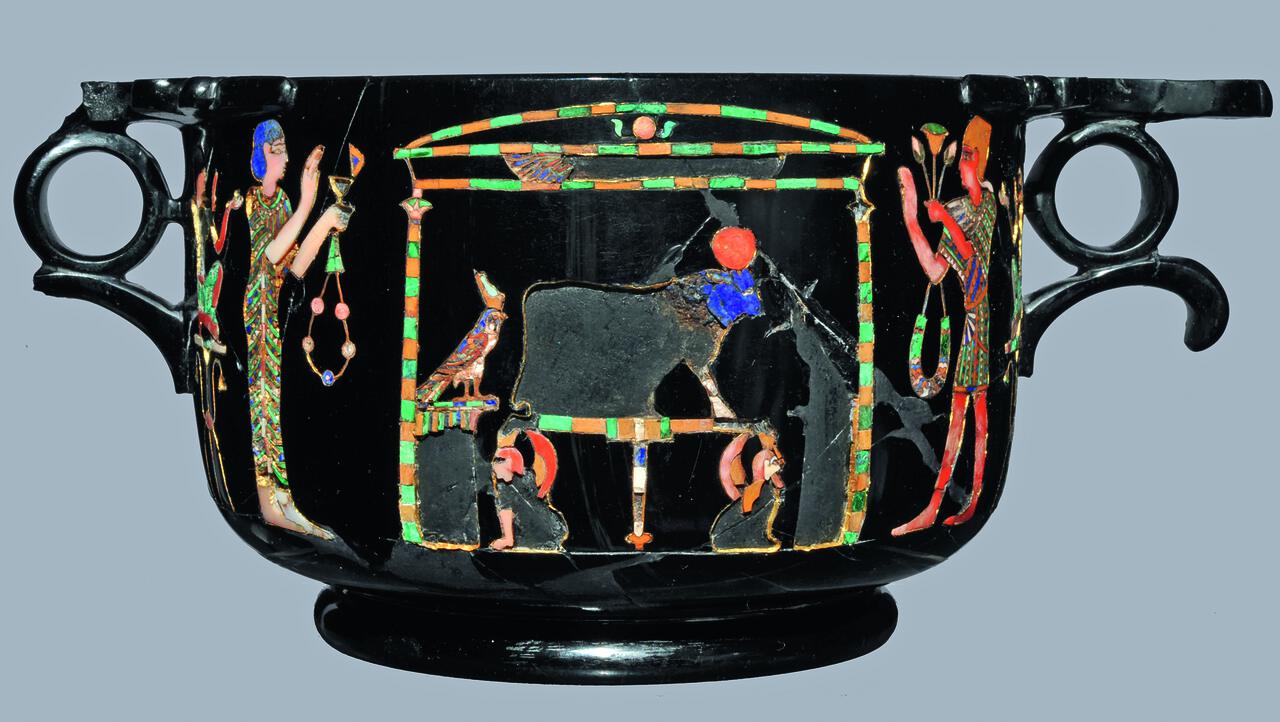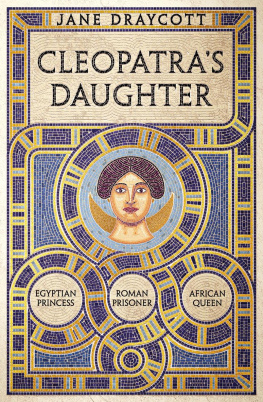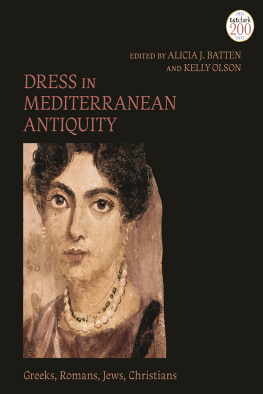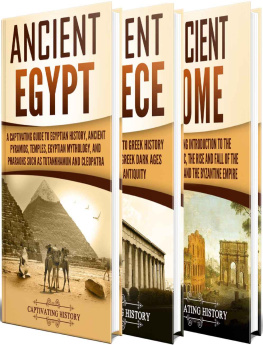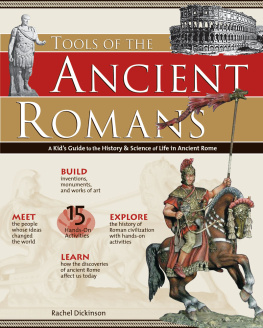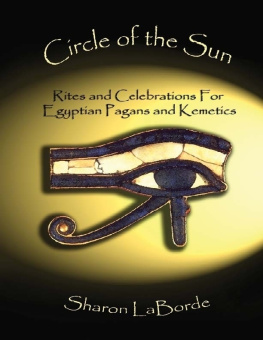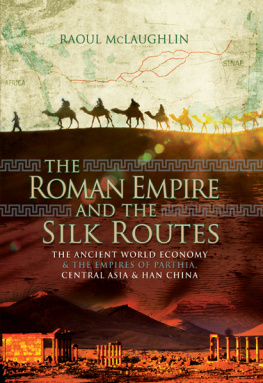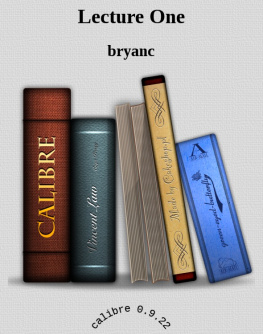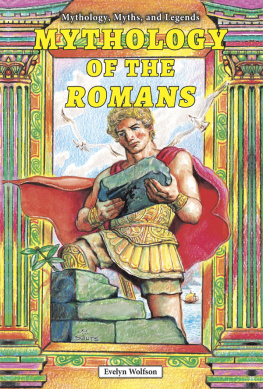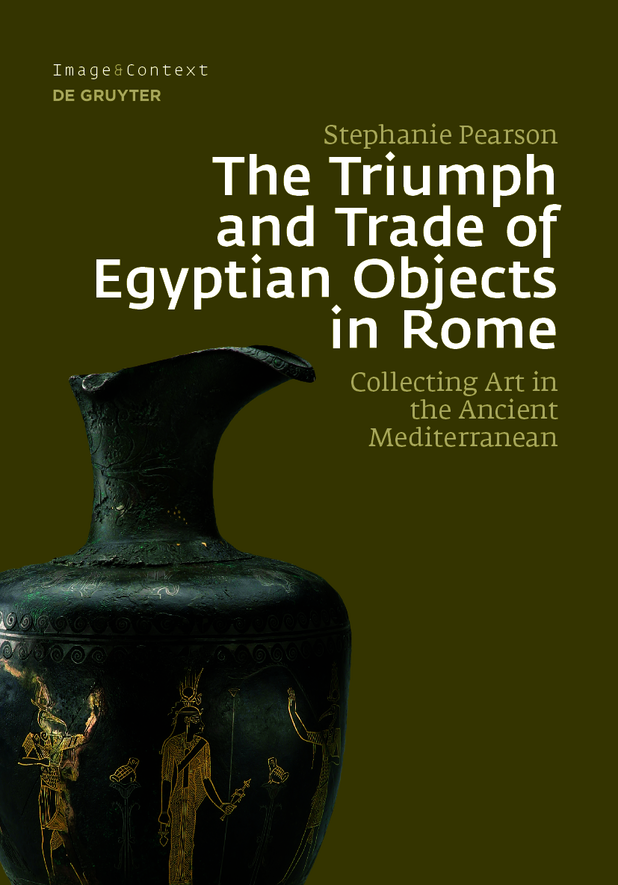Image & Context
Edited by
Franois Lissarrague
Rolf Schneider
R. R. R. Smith
Volume
ISBN 9783110700404
e-ISBN (PDF) 9783110700893
e-ISBN (EPUB) 9783110700930
Bibliographic information published by the Deutsche Nationalbibliothek
The Deutsche Nationalbibliothek lists this publication in the Deutsche Nationalbibliografie; detailed bibliographic data are available on the Internet at http://dnb.dnb.de.
2021 Walter de Gruyter GmbH, Berlin/Boston
Preface

This book arose from the recognition, early in my graduate career, that Egyptian art in Rome was far more complex that it was usually given credit for at that time. My focus then was Roman wall painting, particularly that of the so-called Third Pompeian Style, which incorporates Egyptian motifs. Egyptian material depicted in Roman fresco became the subject of my Ph.D. dissertation, completed in 2015 and immediately made available online in unpublished form. Yet the dissertation made clear to me - as did new scholarship that emerged during my graduate studies, discussed in the introduction - that there was much more to be done. Far more than just wall painting was implicated in my theory that Romans used Egyptian material as highly prized collectibles. Rather, a great range of objects needed to be taken into account: from those made in Egypt to those made elsewhere, from wall painting to jewelry, textiles, and sculpture. And so this book project was born. Some principles outlined in the dissertation are certainly present here, but the arguments are new, the scope vastly expanded and, indeed, shifted from the rather limited fresco corpus treated in the dissertation. The focus here on trade and triumph, as well as on sculpture as a special genre, are part of an attempt in this book to explore the mechanisms and mindsets that marked Roman collecting of Egyptian art - as well as the ways that this topic has been studied in the scholarship so far. This emphasis on structures, including our own structures of knowledge-making, has made this book a very different study from the pointed, specific work of the dissertation that started me on this path.
It is a great pleasure to thank the generous people who helped me write this book. Foremost among them has to be Christopher Hallett, whose valuable guidance has continued long after my graduation. The many colleagues who read parts of the manuscript, helped with references and images, and indulged one conversation after another have my eternal gratitude: Caitln Barrett, Judy Barringer, Domenico Esposito, Norbert Franken, Valentino Gasparini, Aglaya Glebova, Matthew Harpster, Jitske Jasperse, Laure Marest-Caffey, Lindsey Mazurek, Martina Minas-Nerpel, Lisa Pieraccini, Corinna Reinhardt, Andrew Stewart, Molly Swetnam-Burland, Peter van Alfen, Miguel John Versluys, Claire Weiss, and Willeke Wendrich. Museum colleagues astounded me with their generosity in sending images and permissions, particularly during the worst months of the Covid-19 pandemic: Daria Lanzuolo in the Photothek of the Deutsches Archologisches Institut in Rome, Martin Maischberger and Agnes Schwarzmaier of the Antikensammlung Berlin, and our colleagues in the Museo Archeologico Nazionale di Napoli, Hungarian National Museum, and Museo Civico Archeologico di Bologna - you showed me the meaning of dedication. A postdoctoral stipend from the Getty Research Institute helped this project immeasurably, not least in the form of countless wonderful exchanges with Getty Villa colleagues - thank you. Special thanks go to Rolf Schneider for shepherding this book into publication. Thanks also to Bert Smith, the ICON series editors, Mirko Vonderstein, Martin Hallmannsecker, Katrin Hofmann, and the De Gruyter team. And last but not least, to my friends and family for their patience and neverending support during this long journey.
I. Introduction: Egyptian Art in Rome as Art


In the first centuries BC and AD, Egyptian imagery became so pervasive in the Roman Empire that even today visitors to the city can still see its traces. Obelisks rise in Romes grand plazas, some imported from Egypt and others newly commissioned by Roman emperors. Troves of Egyptian and Egyptian-inspired sculpture unearthed throughout Italy fill the national museums. Pompeian houses have preserved a wealth of Egyptian-inspired domestic objects, from fresco decoration to luxurious tableware. Together, these objects give some idea of just how present Egyptian art was in the Roman Empire during these two centuries: the ancient cityscapes were positively brimming with it. It was a pervasive, indeed integral part of the Roman visual landscape. And to judge from the extraordinary number, size, and quality of the extant objects, it seems that Romans across the empire expended enormous resources on acquiring and displaying them.
How can we make sense of the Romans ardor for Egyptian material? Since the first studies focused on this material in the 1970s up until the early 2000s, the Roman use of Egyptian art was generally argued to be politically or religiously motivated (discussed in depth below). Although recent studies have emphasized the plurality of Roman responses to Egyptian objects in Italy, as well as the importance of context for understanding them, the early arguments are so deep-seated that they continue to be repeated - even in the face of new methods and evidence. Perhaps this is in part because some of the most celebrated examples have not been revisited, or seem not to fit into the new frameworks proposed. Certainly, recent work has focused on case studies or subsections of the corpus that cannot relate directly to every object. It is therefore time to take stock of the arguments in a holistic way, to see how they have affected our understanding of the material.
In doing so, this book proposes that something fundamental has been left out of our accounts of Egyptian art in the Roman Empire. Namely, the spectacular nature of the Egyptian objects that Romans came into contact with. A far cry from the scattered, simple scarabs known in Italy in the Archaic period, and the dearth of material in the Republican period, the Egyptian items in early imperial Roman Italy are crafted from the most precious materials by the best artists of their day (Fig. 1). That almost every trace of these has been lost from the archaeological record in both Egypt and the rest of the Roman Empire is a hindrance, but sources do exist. This book shows how Ptolemaic material guided the Roman use of Egyptian objects. The sheer extravagance of the Ptolemaic material had an unavoidable, indelible impact on how the Romans viewed and used their own Egyptian objects: as works of extreme preciousness. This is belied today by the disproportionate lack of such remains in the archaeological record, which allows other, still extant material to be unwittingly taken as representative of the Roman experience of Egyptian objects. We must look more carefully to reconstruct the fuller picture.
